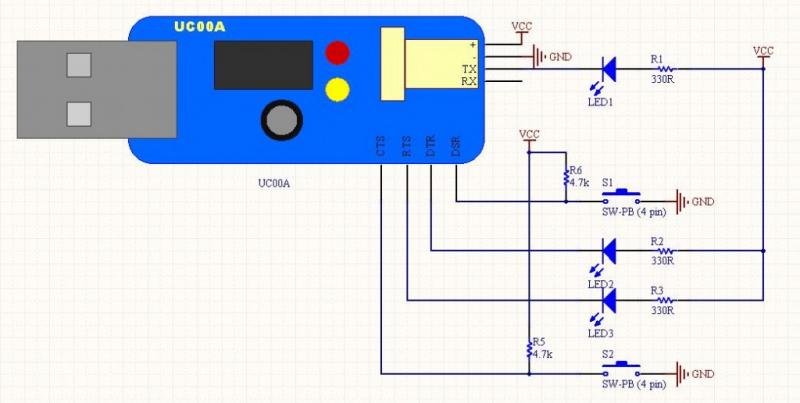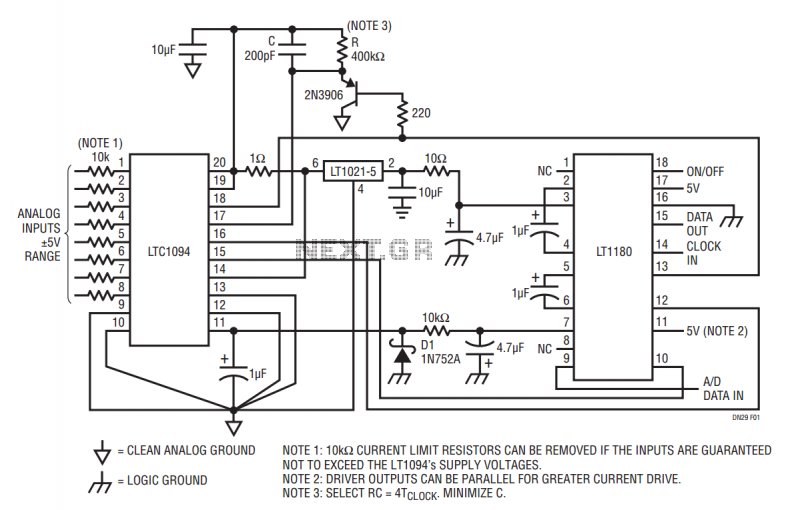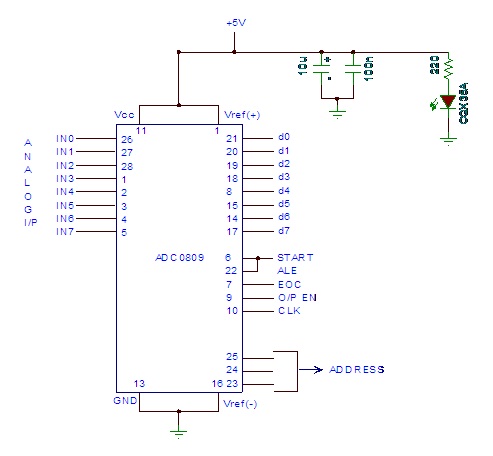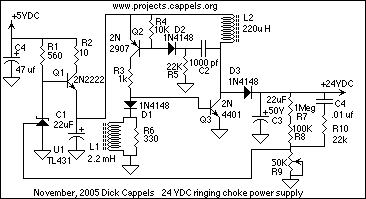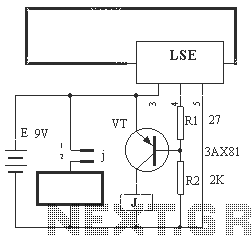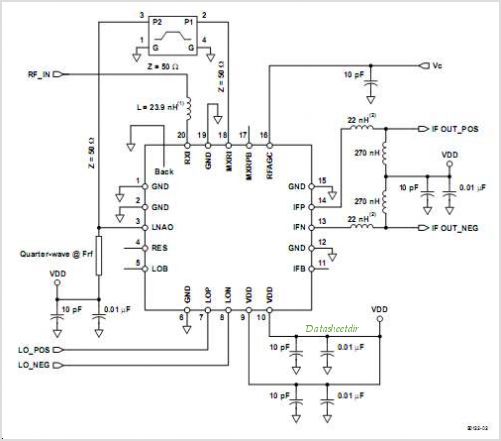
Bunch connect the compensating type UPS cascade converter in parallel to study
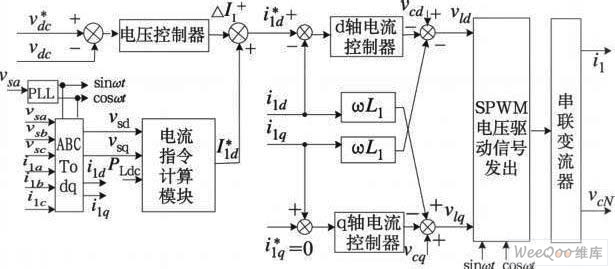
The demand for high-quality electric energy in modern industrial development is increasing, making it essential to provide safe and reliable green power to energy consumers. Uninterruptible Power Supplies (UPS) are crucial for improving electric energy quality and ensuring the normal operation of key equipment. Currently, various types of UPS configurations exist, including reserve type, online, and dual converter systems. Among these, the dual converter configuration can compensate for reactive power and harmonic currents in linear loads, as well as correct the harmonic distortion and fundamental wave deviation of the mains voltage. This configuration offers enhanced electric energy quality modulation and represents a recent advancement in UPS technology. While similar devices are available from foreign manufacturers, domestic research in China is still largely theoretical. This text introduces the operating principles of a pair of parallel-connected compensating converters and discusses the control methods for a cascade converter UPS system. Verification through an artificial operating characteristic system indicates that the control strategy is effective, maintaining a total harmonic distortion rate of input current below 3% and ensuring a power factor close to 1, thus significantly improving the electric energy quality on the grid. The schematic illustrates a pair of series-connected compensating converters, featuring two-way SPWM AC/DC converters. The direct current side connects to a storage battery, while the current transformer device includes inductance L1, capacitance C1, and voltage transformer Ts, outputting voltage V and current I. The compensating voltage generated consists of two components: harmonic compensating voltage and fundamental wave voltage compensation, which collectively ensure that the load voltage is in-phase with the nominal voltage of the fundamental wave. A parallel-connected compensating converter supports linear loads, with the load current comprising fundamental wave active current, fundamental wave reactive current, and harmonic current. Real-time control of the converter enables the output voltage to match the nominal sine wave voltage, ensuring that only the active current is supplied to the load.
The described UPS system utilizes advanced converter technology to enhance the quality of electric energy supplied to industrial applications. The dual converter configuration is particularly effective in mitigating issues related to harmonic distortion and reactive power, which are prevalent in modern electrical systems. The system's architecture allows for seamless integration with existing power infrastructure, facilitating the compensation of both harmonic and fundamental components of the voltage.
In operation, the dual converter system employs a pair of converters that work in tandem to achieve the desired voltage and current characteristics. The series compensating converters are designed to adjust their output based on real-time measurements of the load and grid conditions. This adaptive control mechanism ensures that the output voltage remains stable and in phase with the supply voltage, even in the presence of varying load conditions.
The use of inductance L1 and capacitance C1 in the current transformer device plays a critical role in filtering and stabilizing the output. The voltage transformer Ts is essential for accurately measuring the mains voltage, allowing for precise compensation of any distortions. The output transformer Tp further enhances the system's ability to deliver clean power to the load.
The control strategy implemented in this UPS system is vital for maintaining high power quality. By continuously monitoring the input current and making real-time adjustments, the system can effectively reduce total harmonic distortion to below the 3% threshold, which is a significant improvement over conventional systems. Additionally, the power factor is optimized to approach unity, indicating efficient power usage and minimizing losses.
Overall, the described UPS system represents a significant advancement in power quality management, providing a reliable solution for modern industrial energy consumers seeking to improve the efficiency and stability of their electrical systems. Through ongoing research and development, this technology holds promise for widespread adoption and further enhancements in the field of electric energy quality.The requirements for electric energy quality of modern industrial development are higher and higher, how to offer the safe and reliable green power to energy consumer is a focus of area research of the power at present. UPS, as a kind of incessant power supply equipment, it is one of the important measures which improves electric energy quality, a
lso the important insurance that the key equipment must use normal operation. At present there are reserve type, online, and dual converter bunches several kinds of types of connecting in parallel compensating typely etc. that three ports are online and interdynamic type in the structure of U PS. Dual converter bunch connect in parallel compensating typely and can already be compensated not to be wattless current and harmonic current in the linear loads among them, can also compensate harmonic wave and fundamental wave deflection of the mains voltage at the same time, have synthetic electric energy quality modulability, it is a new kind of UPS appearing recently.
There is this kind of material object products in the foreign A PC Company at present, China is in theoretical research state. This text has introduced one pair of converters bunch connect the compensating type operating principle in parallel, discuss the compensating type U PS cascade converter control method of the multiple-series connection on this basis, and through artificial operating characteristic of verification system, result indicate exactness of control strategy withdrawn, compensating type UPS cascade converter parts of multiple-series connection studied can guarantee all the time the total distortion rate of input current of the electric wire netting invites 3, input the system performance that the power factor approaches 1, has verified it improves significance of the side electric energy quality of electric wire netting.
Fig. 1 provides the principle of one pair of changer multiple-series connections compensating type UPS, current transformer device, are two-way SPWM AC/ DC converters in the picture, its straight flow side connects the storage battery, the current transformer device passes inductance L1, electric capacity C1 and voltage transformer Ts, output voltage V electric current I s Tandem connection calls it the series compensation converter between mains voltage, v s and load voltage vL. Its compensating voltage outputted is made up of two parts: v = v 1 v H, Uh is the harmonic compensating voltage, the harmonic voltage vsh in it and AC supply is equal, vh =Vsh, but the direction is opposite; V1 is a fundamental wave voltage compensation, compensate the fundamental component vs l of the mains voltage and deflection of the load voltage rated value vR, so the compensating voltage that the current transformer device offers v Have already offsetted harmonic vsh in the mains voltage vs, compensate the fundamental wave voltage vsl again, make the load voltage vL become with the nominal voltage of fundamental wave and voltage vs in-phase sine wave of the power.
The converter joining-up in parallel after L2, C2 filter is or connected at the load both ends to support by the output transformer Tp, call it and compensate the converter in parallel. Support for a linear load, then the load current iL is made up of fundamental wave active current iLP, fundamental wave wattless current iLQ and harmonic current iLh three parts.
Carry on real-time, appropriate control to the converter, can make it output until the voltage that is supported is the sine wave nominal voltage vR, and to the output current i3 of load =i LQ iLh iLP-is, Among them iLQ, iLh compensate and support idle work and harmonic current, makes the power output the fundamental wave active current is only to load, the active current iLP supported is by the AC supply is And converter i2d Offer together. Active current i2d= iLP-is that the converter outputs to load. When it is not that a linea 🔗 External reference
The described UPS system utilizes advanced converter technology to enhance the quality of electric energy supplied to industrial applications. The dual converter configuration is particularly effective in mitigating issues related to harmonic distortion and reactive power, which are prevalent in modern electrical systems. The system's architecture allows for seamless integration with existing power infrastructure, facilitating the compensation of both harmonic and fundamental components of the voltage.
In operation, the dual converter system employs a pair of converters that work in tandem to achieve the desired voltage and current characteristics. The series compensating converters are designed to adjust their output based on real-time measurements of the load and grid conditions. This adaptive control mechanism ensures that the output voltage remains stable and in phase with the supply voltage, even in the presence of varying load conditions.
The use of inductance L1 and capacitance C1 in the current transformer device plays a critical role in filtering and stabilizing the output. The voltage transformer Ts is essential for accurately measuring the mains voltage, allowing for precise compensation of any distortions. The output transformer Tp further enhances the system's ability to deliver clean power to the load.
The control strategy implemented in this UPS system is vital for maintaining high power quality. By continuously monitoring the input current and making real-time adjustments, the system can effectively reduce total harmonic distortion to below the 3% threshold, which is a significant improvement over conventional systems. Additionally, the power factor is optimized to approach unity, indicating efficient power usage and minimizing losses.
Overall, the described UPS system represents a significant advancement in power quality management, providing a reliable solution for modern industrial energy consumers seeking to improve the efficiency and stability of their electrical systems. Through ongoing research and development, this technology holds promise for widespread adoption and further enhancements in the field of electric energy quality.The requirements for electric energy quality of modern industrial development are higher and higher, how to offer the safe and reliable green power to energy consumer is a focus of area research of the power at present. UPS, as a kind of incessant power supply equipment, it is one of the important measures which improves electric energy quality, a
lso the important insurance that the key equipment must use normal operation. At present there are reserve type, online, and dual converter bunches several kinds of types of connecting in parallel compensating typely etc. that three ports are online and interdynamic type in the structure of U PS. Dual converter bunch connect in parallel compensating typely and can already be compensated not to be wattless current and harmonic current in the linear loads among them, can also compensate harmonic wave and fundamental wave deflection of the mains voltage at the same time, have synthetic electric energy quality modulability, it is a new kind of UPS appearing recently.
There is this kind of material object products in the foreign A PC Company at present, China is in theoretical research state. This text has introduced one pair of converters bunch connect the compensating type operating principle in parallel, discuss the compensating type U PS cascade converter control method of the multiple-series connection on this basis, and through artificial operating characteristic of verification system, result indicate exactness of control strategy withdrawn, compensating type UPS cascade converter parts of multiple-series connection studied can guarantee all the time the total distortion rate of input current of the electric wire netting invites 3, input the system performance that the power factor approaches 1, has verified it improves significance of the side electric energy quality of electric wire netting.
Fig. 1 provides the principle of one pair of changer multiple-series connections compensating type UPS, current transformer device, are two-way SPWM AC/ DC converters in the picture, its straight flow side connects the storage battery, the current transformer device passes inductance L1, electric capacity C1 and voltage transformer Ts, output voltage V electric current I s Tandem connection calls it the series compensation converter between mains voltage, v s and load voltage vL. Its compensating voltage outputted is made up of two parts: v = v 1 v H, Uh is the harmonic compensating voltage, the harmonic voltage vsh in it and AC supply is equal, vh =Vsh, but the direction is opposite; V1 is a fundamental wave voltage compensation, compensate the fundamental component vs l of the mains voltage and deflection of the load voltage rated value vR, so the compensating voltage that the current transformer device offers v Have already offsetted harmonic vsh in the mains voltage vs, compensate the fundamental wave voltage vsl again, make the load voltage vL become with the nominal voltage of fundamental wave and voltage vs in-phase sine wave of the power.
The converter joining-up in parallel after L2, C2 filter is or connected at the load both ends to support by the output transformer Tp, call it and compensate the converter in parallel. Support for a linear load, then the load current iL is made up of fundamental wave active current iLP, fundamental wave wattless current iLQ and harmonic current iLh three parts.
Carry on real-time, appropriate control to the converter, can make it output until the voltage that is supported is the sine wave nominal voltage vR, and to the output current i3 of load =i LQ iLh iLP-is, Among them iLQ, iLh compensate and support idle work and harmonic current, makes the power output the fundamental wave active current is only to load, the active current iLP supported is by the AC supply is And converter i2d Offer together. Active current i2d= iLP-is that the converter outputs to load. When it is not that a linea 🔗 External reference
